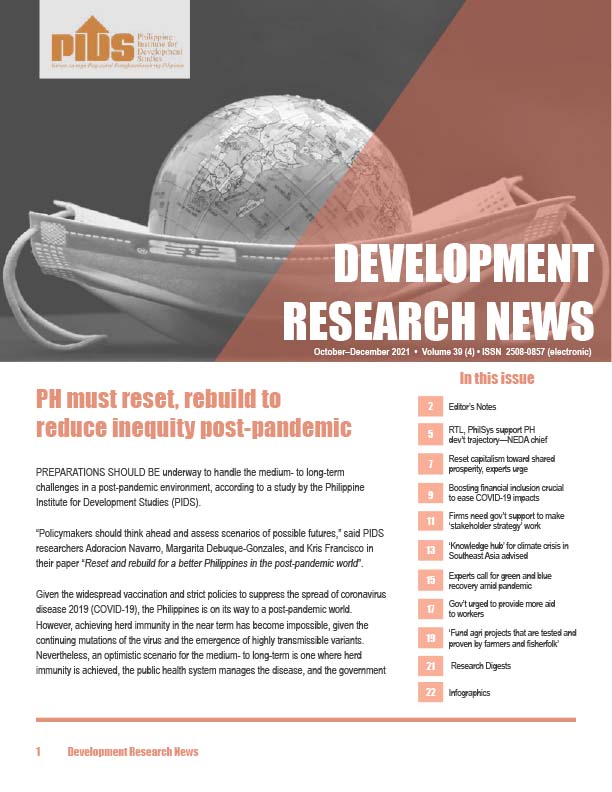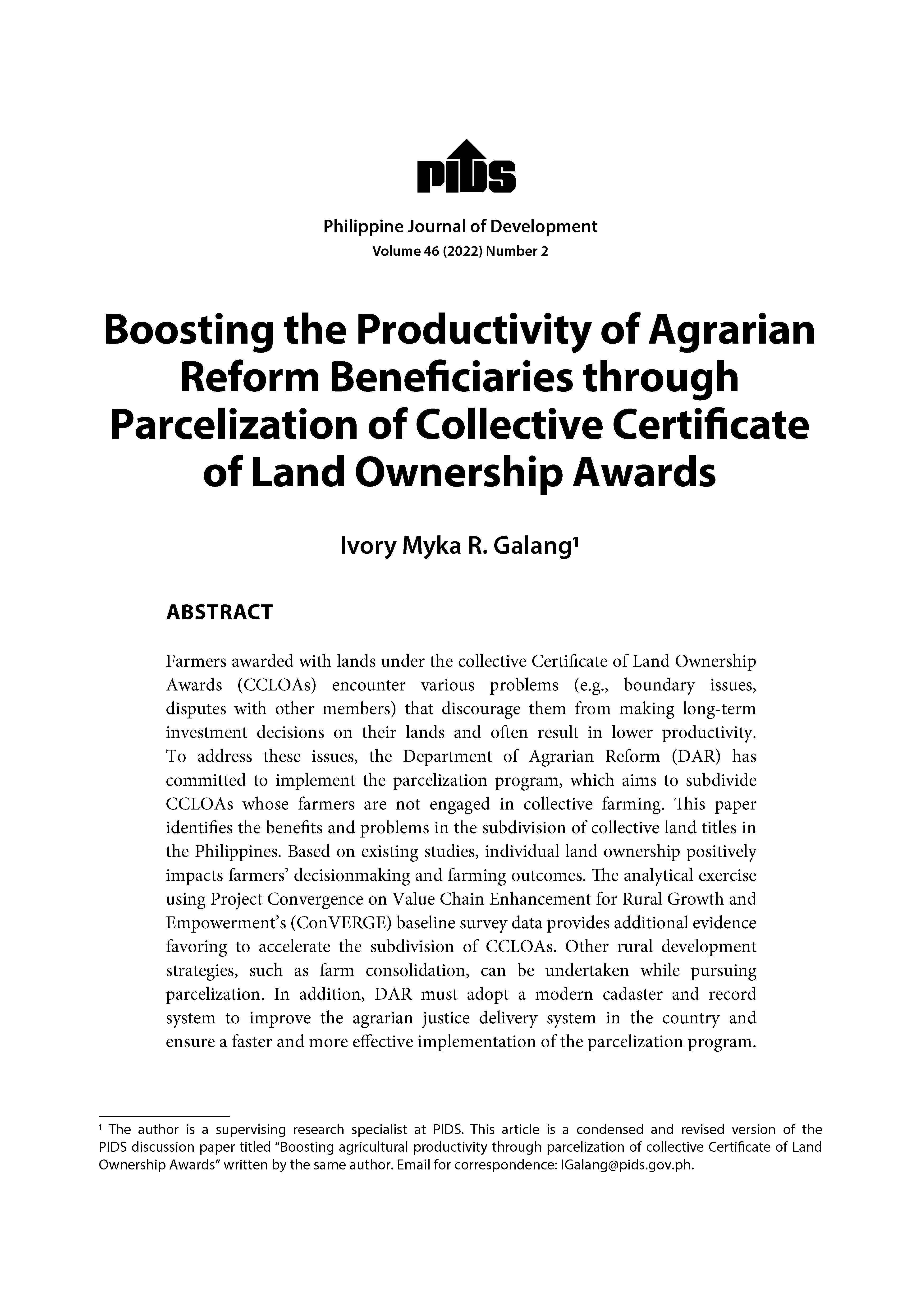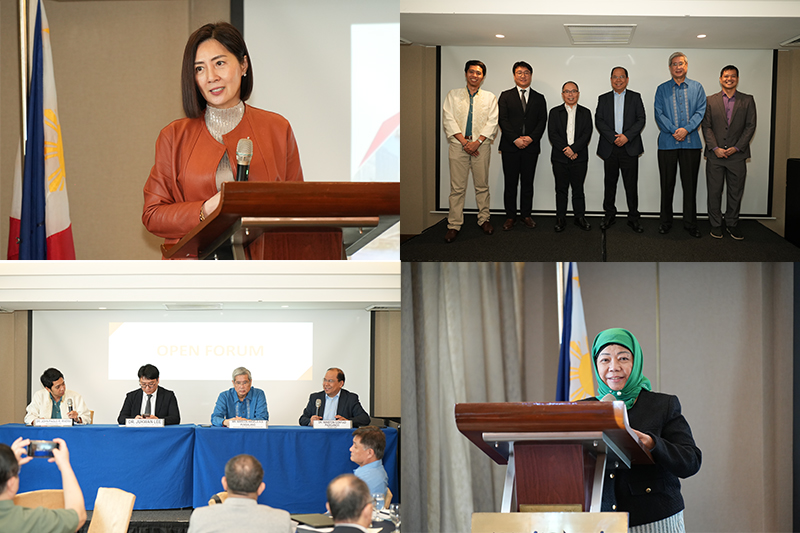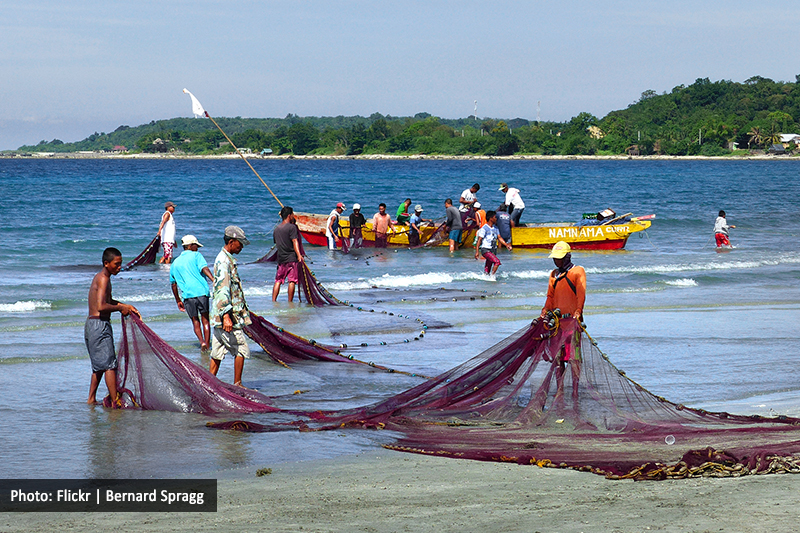MANILA, Philippines - The rural banking industry is concerned that the unreliable infrastructure and support of the telecommunications companies (telcos) will stand in the way of financial inclusion.
They said their march towards financial inclusiveness is hampered by frequent service downtime yet expensive service that increases reputational risks.
"Connectivity and network issues are huge and expensive problems,” Tanya Hotchkiss, executive vice president of Cantilan Bank, said in a presentation during the 63rd national convention of the Rural Bankers Association of the Philippines (RBAP) held recently in Cebu City.
Aside from reputation risk increases when telco infrastructure is unreliable, studies show that most e-money agents reported incidents of service downtime with a frequency of one to three times a week. The Bangko Sentral ng Pilipinas (BSP) defines e-money as "monetary value that is digitally stored in a designated electronic account, and may be remotely accessed through an instrument or device such as mobile phone or prepaid card ... and is electronically transferable to other electronic wallets or deposit accounts.”
E-money agents are basically cash-in, cash-out centers servicing rural folk through mobile money services.
Reports indicate that downtime averages 82 business days, or 658 business hours downtime in one year.
A recent study by the Philippine Institute for Development Studies (PIDS) show that the quality of the national Internet backbone is so bad that 70 percent of domestic internet traffic runs through Hong Kong. The lack of a national broadband policy makes internet services expensive yet slow.
"Banks will become better banks, if telcos become better telcos,” Hotchkiss said.
The bank executive called for improved regulatory environment and increased competition in informational and communications technology (ICT) industry.
Rural banks admit that the rate of financial inclusion come hand in hand with embracing digitalization, mobile phone banking, mobile and electronic wallet services/digital payments.
Remittances and money transfers becomes convenient and inexpensive, either person to government (P2G) and government to person (G2P) payment services from civil registry, land registry, professional license renewal, pension, social security benefits, government loan payments, and the conditional cash transfer (CCT) program.
The PIDS study asserts that there is a direct relationship between increased ICT access and economic growth. A World Bank study likewise concluded that for every 10-percent increase in high-speed Internet connection, economic growth increases by 1.3 percent.
Hotchkiss said that convincing the rural banking public about mobile banking was a challenge for countryside bankers.
The challenge becomes even more complicated when "the dreadful telco duopoly infrastructure, sometimes functions as a monopoly.”
The Philippines’ connection speed, according to the Akamais State of the Internet Report on Asia Pacific, is at 2.8 megabits per second (Mbps), the second lowest in terms of average connection speed. The global average is 5.2 Mbps.
Roughly 12 million Filipinos work in the agricultural sector, or 34-percent of the total labor force. But nearly 40-percent of poverty incidence were registered with the rural sector.
Rural banks are well positioned to maximize the empowering capacity of the internet and mobile technology. They are recognized as among the primary engines of sustainable and equitable economic growth. Hotchkiss quoted studies showing there are 100 million mobile phones subscribers with an annual growth rate of 3.5 percent. Smart phone penetration reached 40 percent last year.
A large percentage of the unbanked population own mobile phones, and 60-percent of unbanked have come form of savings.
Three out of the 10 adults save in banks.
Only 4.4-percent of Filipinos who have loans borrow from banks, while 62 percent borrow from family and friends, and two percent from informal lenders.
Forty-one percent of the unbanked towns in the countryside are in Mindanao.//
Related Posts
Publications
Press Releases
Video Highlights
[No related items]
Infographics
[No related items]






